Just Wait 'Til You Get Your Pawpaws on This Treat!
Like so many of us, you may have grown up singing about "pretty little Susie" who was "pickin' up pawpaws and putting 'em in her pocket … way down yonder in the pawpaw patch."
But honestly, in all your years of singing that song, did you ever wonder what the hell a pawpaw was?
Ever seen one?
Tasted one?
Knew it was a fruit?
Yeah, you're not alone.
Because of their extremely short season (end of September into October) and nearly non-existent shelf life, pawpaws are super hard to come by and not typically stocked on your favorite grocer's shelves.
Slice It: Pawpaws Revealed
Sometimes called the American Custard Apple, Poor Man's Banana, or our favorite, the Hillbilly Banana, the pawpaw isn't an apple or a banana.
Nope. It's actually the largest edible fruit that is native to the United States, and it even has a fancy scientific name, the Asimina triloba.
The pawpaw grows on unassuming sapling-size deciduous trees and has a yellow inner pulp and an exterior skin color that ranges from vibrant green to brown - and even black once ripened.
Historically, the pawpaw proved a vital source of nutrition for Native Americans. Without the pawpaw, those on the Lewis and Clark expedition may have starved once their supplies ran low, and hunting proved unsuccessful.
Naturally packed with nutrition, pawpaws are high in vitamin C, magnesium, iron, copper, and manganese. They are also a good source of potassium and abundant in riboflavin, niacin, calcium, phosphorus, and zinc.
Pawpaws are also the only fruit with all the essential amino acids.
In other words, they are a fruit you can feel good about eating and feeding to your family.
Scoop It: The Pulp of Presidents
A cousin to tropical plants, the pawpaw tastes like a rich, custardy blend of banana, mango, and pineapple.
It has a consistently smooth texture like that of custard or pudding and has been a favorite of several U.S Presidents. Both George Washington and Thomas Jefferson planted pawpaw trees in their gardens, and two-hundred years later, Barack Obama had one planted in the White House's kitchen garden.
Named the official native fruit of Ohio in 2009, the pawpaw fruit now boasts its own festival with competitions for the Best Pawpaw, Best Pawpaw-related Work of Art, Pawpaw Cook-off, and the ever-popular Pawpaw Eating Contest.
Serve It: Works for the Pickiest of Eaters
Many will argue the pawpaw tastes best eaten raw - slice it open, remove the large black oval-shaped seeds, and scoop (or slurp) out the fleshy sweet pulp with a spoon.
When we integrate it into our snack menu, we puree the fruit to make delicious quickbread or muffins. We find they are hugely popular for kids who enjoy other fruits like mango and banana.
We also use them in baked goods like pies, cakes, and cookies or jams and sauces.
Pawpaws have a flavor profile that gets better a couple of days after we make it, which gives it time to meld with other flavors, such as ginger.
Want to Try the Pawpaw for Yourself?
If you live in a region with pawpaw orchards, now is the season to visit them or look for them at your local farmer's market or co-op.
And, if you want to try pawpaws in some delicious baked goods, let us know - our personal chef services can meet any hankering you might have!.



